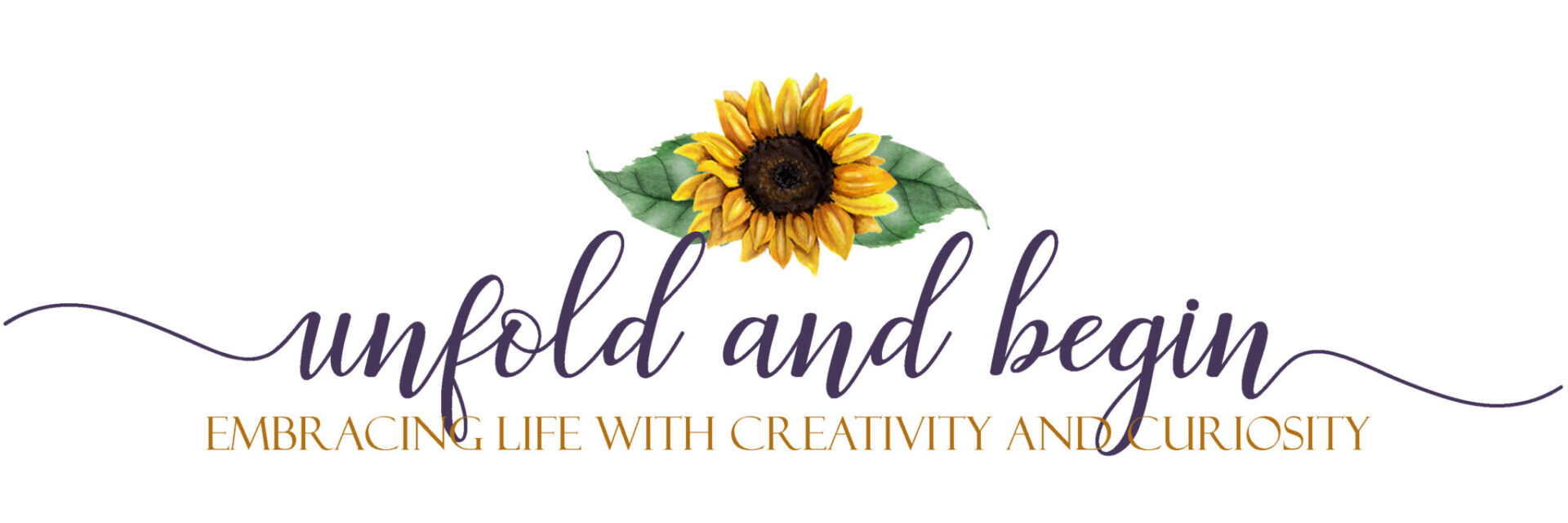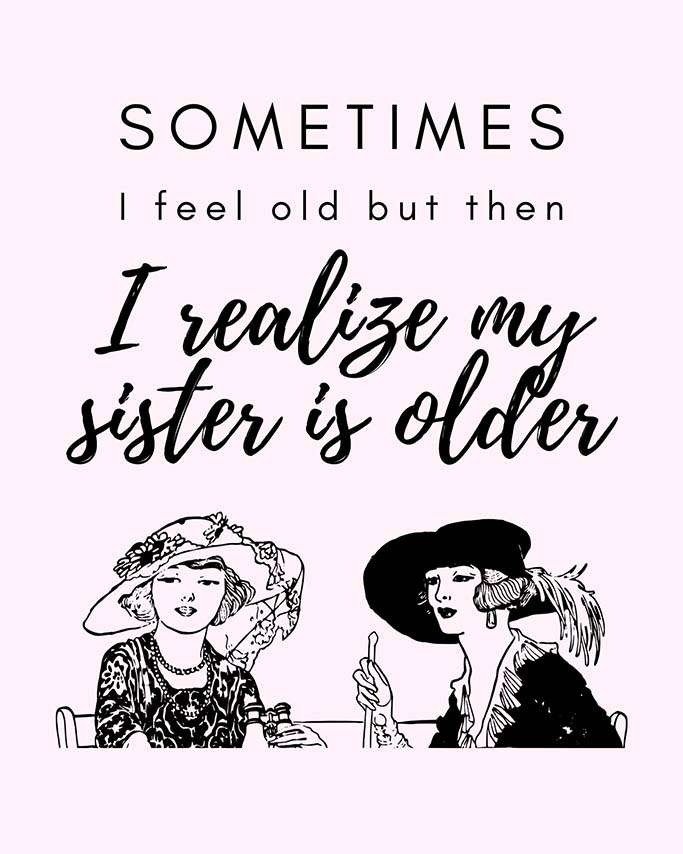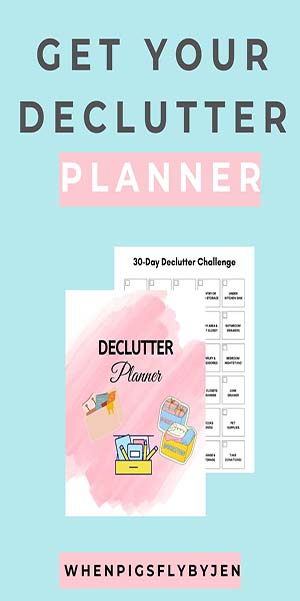When we think of creativity, we often think of someone getting inspired and painting a masterpiece or writing that bestseller. But it doesn’t happen that way. That overnight sensation? Spent years honing her craft, practicing over and over and over again to get better. And that’s true whether you’re a singer, an artist, a writer, or a scientist. Great work comes from practice, and breakthroughs come from repetition and structure. But why does creativity thrive in structure?
First, structure provides boundaries. This can focus the mind and help to prevent analysis paralysis, the state of being unable to choose between multiple options. Second, structure can provide a sense of safety. This can allow people to take risks and experiment, knowing there is a safety net if things go wrong. Finally, structure can provide discipline. The discipline to keep going even as failures happen, the discipline to keep practicing to improve.
“In limits there is freedom. Creativity thrives within structure.”
Julia Cameron
Boundaries
A good structure provides the framework within which creativity can flourish. It gives creativity a direction and a purpose. Without structure, creativity is aimless and directionless. But with structure, creativity can reach its full potential.
Creativity is often thought of as a free-flowing, unbridled process. But in reality, creativity usually thrives within certain boundaries and parameters. Whether it’s the length of a piece of music, the maximum number of words for a short story, or the specific ingredients for a recipe, having some structure can help spur creativity.
There are a few reasons why structure can be helpful for creativity. First, it can provide a challenge. It’s like a mental puzzle you have to figure out. When you know there are certain boundaries you have to work within, it can actually help you be more creative.
Second, structure can help focus your ideas. When you have a specific goal or parameters to work within, it can help you zero in on what’s important and eliminate any superfluous ideas. And finally, structure can provide a sense of safety. When you know there are certain boundaries in place, it helps you feel more comfortable taking risks.
Of course, there is such a thing as too much structure. If the parameters are too confining or the goal is too specific, it can stifle creativity rather than spur it on. So, it’s essential to find a balance.
Sense of Safety
Creativity thrives in structure because it provides a framework for shaping ideas. Ideas can be generated quickly and easily within the confines of a structure and then built upon to create something new and innovative. The safety of having the structure also allows for risk-taking. Think of any book or movie where the fourth wall is broken, and a character speaks to the reader/audience. Having the structure in the first place allows for the risk to be taken.
Risk-taking happens all the time. When scientists run experiments, they have a question they want to answer, their original hypothesis. From this structure, they then run experiments to prove or disprove it. When a new recipe is formed from the beginnings of an old one, much like a scientist, the chef needs to experiment with different ingredients to make it right.
Of course, structure is not the only thing that can foster creativity. But it can be a helpful tool, especially when combined with other measures such as encouraging risk-taking and providing support and feedback.
Discipline
Inspiration is often thought of as a spontaneous event that happens to someone when they are in the moment, and the Muse takes over. But the truth is, inspiration is often not spontaneous at all.
What is seen as inspiration is someone working on a project for weeks, months, or even years before hitting gold. The process of working on something over a period of time can create the conditions for inspiration to occur.
Think of the writer or painter who gets up early or stays up late to practice their craft while everyone else is still in bed. Athletes practice over and over again even though they are considered elite in their field. Musicians who play in every dive bar that will take them while they figure out the sound and direction they want to take.
Singing lessons, writing courses, baking competitions, space camp, etc. All are disciplined structures to fuel the next creative breakthrough.
Creativity is about more than just inspiration. It’s about having the discipline to see an idea through to completion. It’s about having the skills to execute that idea in a way others can understand and appreciate. And it’s about being able to do all of this within the constraints of a given structure.
In other words, creativity is not just about coming up with ideas. It’s about making those ideas a reality. And that’s where structure comes in. Structure doesn’t destroy your creativity. It enhances it.






Definitely agree. Thanks for the good thinker post!
I’m glad you liked it!
Funny, I’ve never agreed with the notion that messiness is a sign of creativity. Many artists I know need beauty and order to work. I could never write in my husband’s office, which looks like 7 tornadoes swept through. I’d have to do a thorough cleaning before even sitting at his desk!